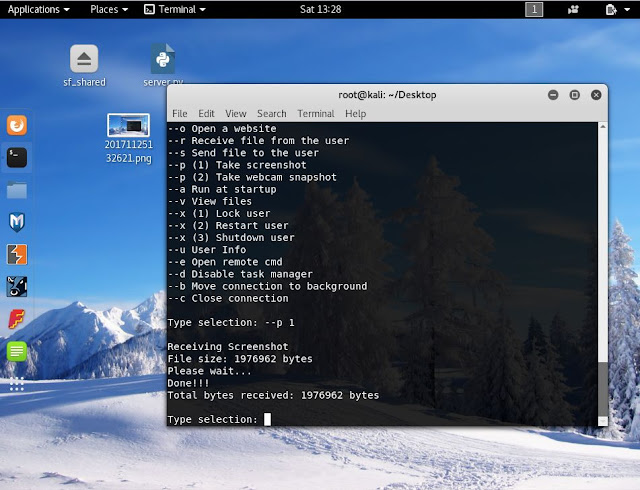131 private links
Create web apps without the complexity of frontend development.
Used at Google for rapid AI app development.
Full Django in a single file - views, models, API ,with async support. Automatically convert it to a full project.
- Write a Django site in a single file, using views, models and admin
- Run it locally or in production, or share it as a standalone script
- Automatically convert it to a full Django project when you're ready for it to grow
Codon is a high-performance Python compiler that compiles Python code to native machine code without any runtime overhead. Typical speedups over Python are on the order of 100x or more, on a single thread. Codon supports native multithreading which can lead to speedups many times higher still.
Comprehensions are a fantastic language feature in Python. They are an elegant alternative to manually constructing and populating data structures. Comprehensions are declarative – they just say what they are, as opposed to the implicit logic of manual looping. When it comes to simple object creation, comprehension should be used whenever possible. This goes not just for lists, but also for dictionaries and sets.
However, a widely perceived drawback to comprehensions is that they are harder to debug. When something goes wrong with a manual loop, the first thing to do is to print out the iterated values as they turn up. But the values of a list comprehension can’t be accessed, so print-debugging isn’t possible. To deal with this, it’s common to unravel the comprehension into a manual loop. Manual loops are uglier and more complicated and more error-prone than comprehensions, but that’s the price that must be paid for debuggability.
There is an area of Python that many developers have problems with. This is an area that has seen many different solutions pop up over the years, with many different opinions, wars, and attempts to solve it. Many have complained about the packaging ecosystem and tools making their lives harder. Many beginners are confused about virtual environments. But does it have to be this way? Are the current solutions to packaging problems any good? And is the organization behind most of the packaging tools and standards part of the problem itself?
Join me on a journey through packaging in Python and elsewhere. We’ll start by describing the classic packaging stack (involving setuptools and friends), the scientific stack (with conda), and some of the modern/alternate tools, such as Pipenv, Poetry, Hatch, or PDM. We’ll also look at some examples of packaging and dependency-related workflows seen elsewhere (Node.js and .NET). We’ll also take a glimpse at a possible future (with a venv-less workflow with PDM), and see if the PyPA agrees with the vision and insights of eight thousand users.
It comes with useful default lint rules for coding convention, performance and security issues. It makes custom lint rule easy to build, test and configure. It empowers lint rule to provide autofix to fix the issues for developers. It also provide tools to run autofix across codebase to fix existing issues and automatically insert lint-fixme comments to silent existing violation. Fixit integrates with Flake8 and it adds the above mentioned enhancements to it.
Jupyter notebooks are mostly known for their web-based user interface, such as JupyterLab or the Classic Notebook.
Python has incredibly scalable options for exploring data. With Pandas or Dask, you can scale Jupyter up to big data. But what about small data? Personal data? Private data? [JupyterLab and Jupyter Notebook provide a great environment to scrutinize my laptop-based life.


Just took note of this tool, although I didn't try it out and I would be rather scared of a script that goes through my mailbox and deletes things...
The most intuitive way of building and implementing Finite State Machines is by using Python Coroutines and in this article, we find how and why.
